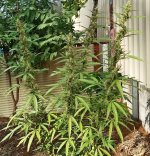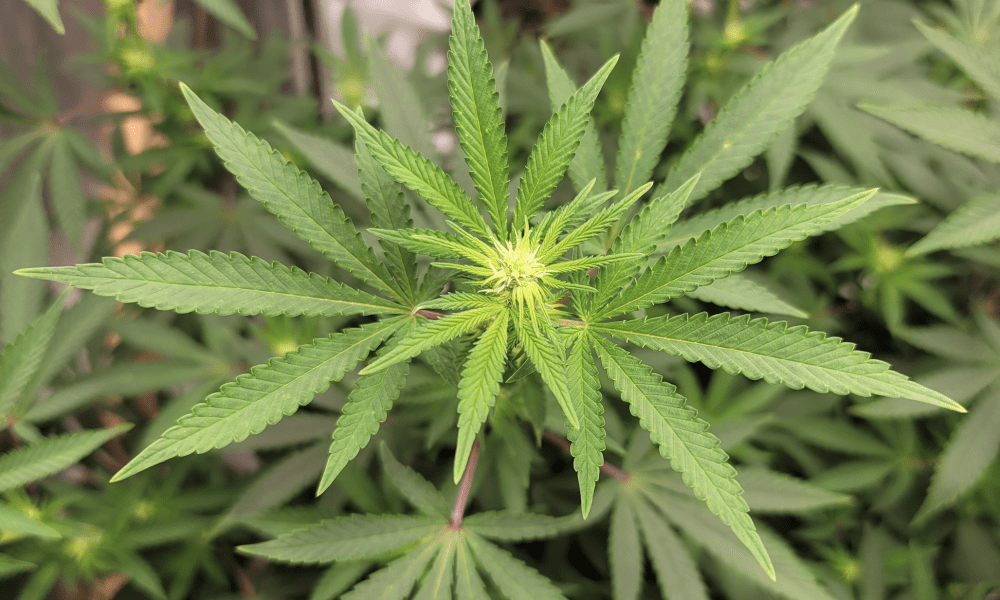Eltitoguay
Well-known member
(...)December - 21 :
Santa Marta's Colombian Red/Santa Marta Gold X Original Haze) S1, (@MadMac); (Punto Rojo de Santa Marta/Dorada de Santa Marta X O. Haze)S1 aka Cumbiambera
Photos only in natural sunlight, without flash or artificial light.
Medium/lower par of the plant:






(...)
Santa Marta's Colombian Red/Santa Marta Gold X Original Haze) S1, (@MadMac); (Punto Rojo de Santa Marta/Dorada de Santa Marta X O. Haze)S1 aka Cumbiambera
Photos only in natural sunlight, without flash or artificial light.
Medium/lower par of the plant:
(...)
Last edited:
















